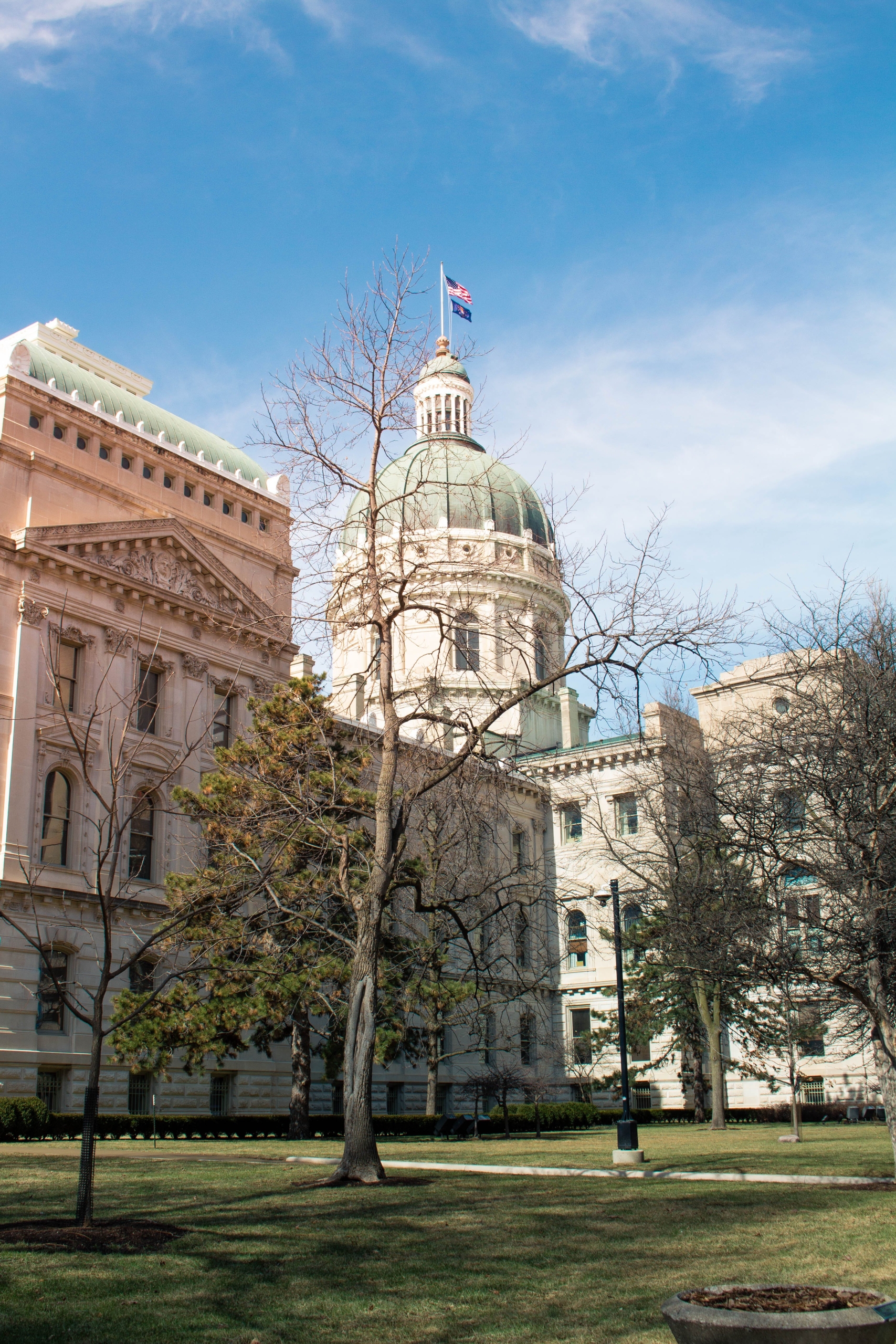Education Scholarship Accounts (ESAs) 101
Across the nation, an innovation known as Education Scholarship Accounts (ESAs) is enjoying strong, bipartisan, legislative, parental, and taxpayer support.
Why? Because with ESAs, a basic principle of fairness and freedom is achieved: state-appropriated education dollars follow the child. With that aspiration fulfilled, every child, but especially the most vulnerable, can finally receive the customized education they need to reach their full potential.
No other education reform can promise the quality of learning, the preparation for the future, the flexibility to meet the individual needs of a child, and the immediacy of impact that ESAs offer.
HOW DO ESAs WORK?
- Parents of eligible students apply for an account funded by a designated portion of state funds.
- Following the application and approval process, parents would be granted access to a special online account reserved for use to pay providers to meet their child’s specific education needs.
- Families choose from an approved list of services and providers to customize their child’s education. This could include school tuition, tutoring, textbooks, therapy or any approved education service that accommodates their unique needs.
WHY ARE ESA’S NEEDED?
- We need better learning outcomes, particularly in poor and rural areas. Sadly, South Carolina’s education system has been ranked at or near last in the country.
- Our neighbors in Florida, Mississippi, and North Carolina all have ESAs and several other states have passed ESAs as well.
- Parents using ESAs love them: South Carolina parents should have the same opportunity.
- Over 21,000 students in America currently enjoy the flexibility of ESAs.
HOW WILL ESAs HELP SOUTH CAROLINA SPECIFICALLY?
Overlaying more offices, mandates, and spending on top of outdated systems will not work. Instead, South Carolina must think strategically about how to leverage scarce dollars and new innovations to deliver better results for students.
An ESA program customized to South Carolina’s needs could help address education gaps in our rural communities, take pressure off communities that face overcrowded public schools, and increase education options for families across the state.
While many other reforms could take years to effect change, ESAs would deliver immediate results. With ESAs, students, teachers and parents are treated as unique individuals, not cogs in the wheel of a one-size-fits-all system. That scenario may play itself out with rising graduation rates, increased college enrollment among minorities, fewer of the most vulnerable being left behind, and community satisfaction with education skyrocketing.
For South Carolina students who have been unable to reach their full potential due to poverty or COVID-closed schools, ESAs will provide new opportunities. For parents who know their child would perform better if more opportunities were afforded to them to get ahead but feel stuck by a rigid system or financial stress, ESAs are a gateway to new possibilities, helping children from the Pee Dee to the Golden Corner.
DOES ESA LEGISLATION HAVE BIPARTISAN SUPPORT?
Both Mississippi and Arizona passed ESA legislation with strong bipartisan support. In 2014, when a bill came up for a vote in the Florida House Choice & Innovation committee to allow families of disabled students to use education funds for a variety of different expenses, the measure passed 11-2 with support from both Democrats and Republicans. In Florida, parents who are now “school choice voters” swung the Gov- ernor’s race in favor of the pro-school choice candidate.
WHAT DO PARENTS SAY?
- When a school choice program was recently proposed in South Carolina, 15,000 parents immediately said they would apply if the Palmetto State started such a program.
- Receptivity to ESAs in South Carolina crosses all demographics. A survey of 500 registered voters showed a high level of support: 76% of Democrats, 75% of Republicans, 89% of African-Americans, 71% of whites, 76% of the Upstate, and 79% of the Lowcountry.
- A survey of ESA parents in Arizona, the nation’s oldest ESA program, showed a satisfaction rate of a remarkable 100%.
DO ESA’S HURT PUBLIC EDUCATION?
No. In states where robust school choice programs like ESAs exist, public schools have not suffered harm, and in many cases, have seen improvement in student learning.
ESAs leave behind all federal & local funds for fixed over- head costs, while relieving the school entirely of the costs associated with having the student in the school. Only the state money travels.
In Arizona, the first ESA program in the nation, there has not been a mass exodus from traditional schools. Although about 22% of all public school students were eligible for an ESA, there are now 9,000 participants. Each of those students represent a story of new hope for reaching their full potential.
WHAT IS THE BOTTOM LINE?
Education Scholarships Accounts are vital if we are to claim the promise of every student in South Carolina reaching their full education potential.




